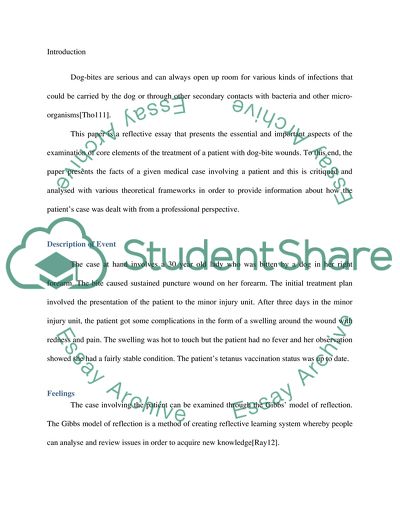Cite this document
(“Treatment of a patient with dog-bite wounds Research Paper”, n.d.)
Treatment of a patient with dog-bite wounds Research Paper. Retrieved from https://studentshare.org/health-sciences-medicine/1651191-treatment-of-a-patient-with-dog-bite-wounds
Treatment of a patient with dog-bite wounds Research Paper. Retrieved from https://studentshare.org/health-sciences-medicine/1651191-treatment-of-a-patient-with-dog-bite-wounds
(Treatment of a Patient With Dog-Bite Wounds Research Paper)
Treatment of a Patient With Dog-Bite Wounds Research Paper. https://studentshare.org/health-sciences-medicine/1651191-treatment-of-a-patient-with-dog-bite-wounds.
Treatment of a Patient With Dog-Bite Wounds Research Paper. https://studentshare.org/health-sciences-medicine/1651191-treatment-of-a-patient-with-dog-bite-wounds.
“Treatment of a Patient With Dog-Bite Wounds Research Paper”, n.d. https://studentshare.org/health-sciences-medicine/1651191-treatment-of-a-patient-with-dog-bite-wounds.


